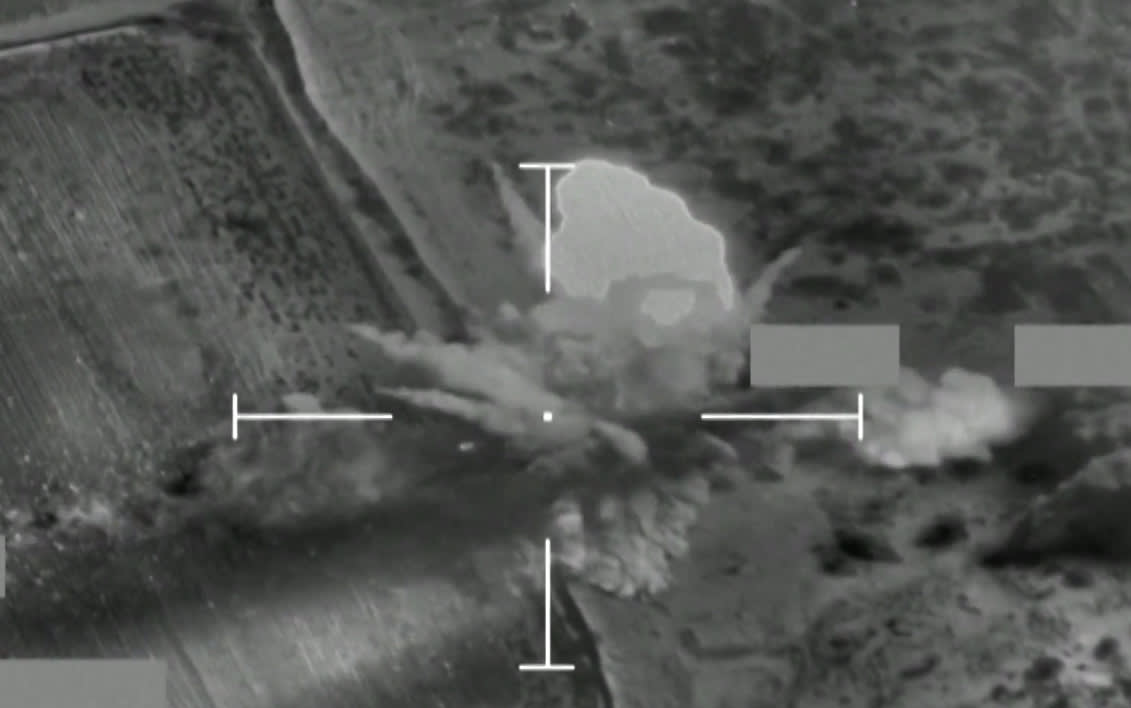Question, but how is there significantly more danger to the entire crew of a vessel being struck than a land-based vehicle? I mean the sheer number of crew can be a lot less with a land vehicle but the proportion of that crew endangered can still constitute the entire crew. Like if a Bradley filled with troops gets hit by something serious, it can kill everyone inside. Same even with a tank. And of course a Humvee and other such vehicles.
A couple reasons to highlight. Flash got some of it. WW2 provides our best examples. Land combat had about a 1:3 killed to wounded ratio. Naval combat was around 1:1. Initial impact kills a large number through a combination of kinetic energy and blast. Especially if the explosive makes it to a confined space with a group of watchstanders. From there, it is very difficult to avoid having an initial fire. You can do a lot to prepare to mitigate (paint changes, removing flammables, hazmat storage, etc) but it’s very likely you’ll have a post-impact fire, further increasing mass casualty possibilities. In the absolute worst case, a single impact starts a fire and simultaneously damages the fire suppression systems. Even fighting a large fire on a small ship causes problems because you are literally flooding the ship.
After that, you end up with a mass casualty situation, made up largely of very bad burns and shrapnel, beyond the ship’s medical capability and while evacuation is difficult. And that’s if the ship doesn’t sink in the process.
Ships learned a lot of lessons from WW2, but this same basic damage control scenario came up in Falklands and Vincennes. Even with excellent design and damage control, it’s hard to overcome personnel density requirements and explosive capability.
Apologies for an overly long answer, but I think it’s worth having very open eyes about how brutal naval combat becomes when the countermeasures don’t work.




